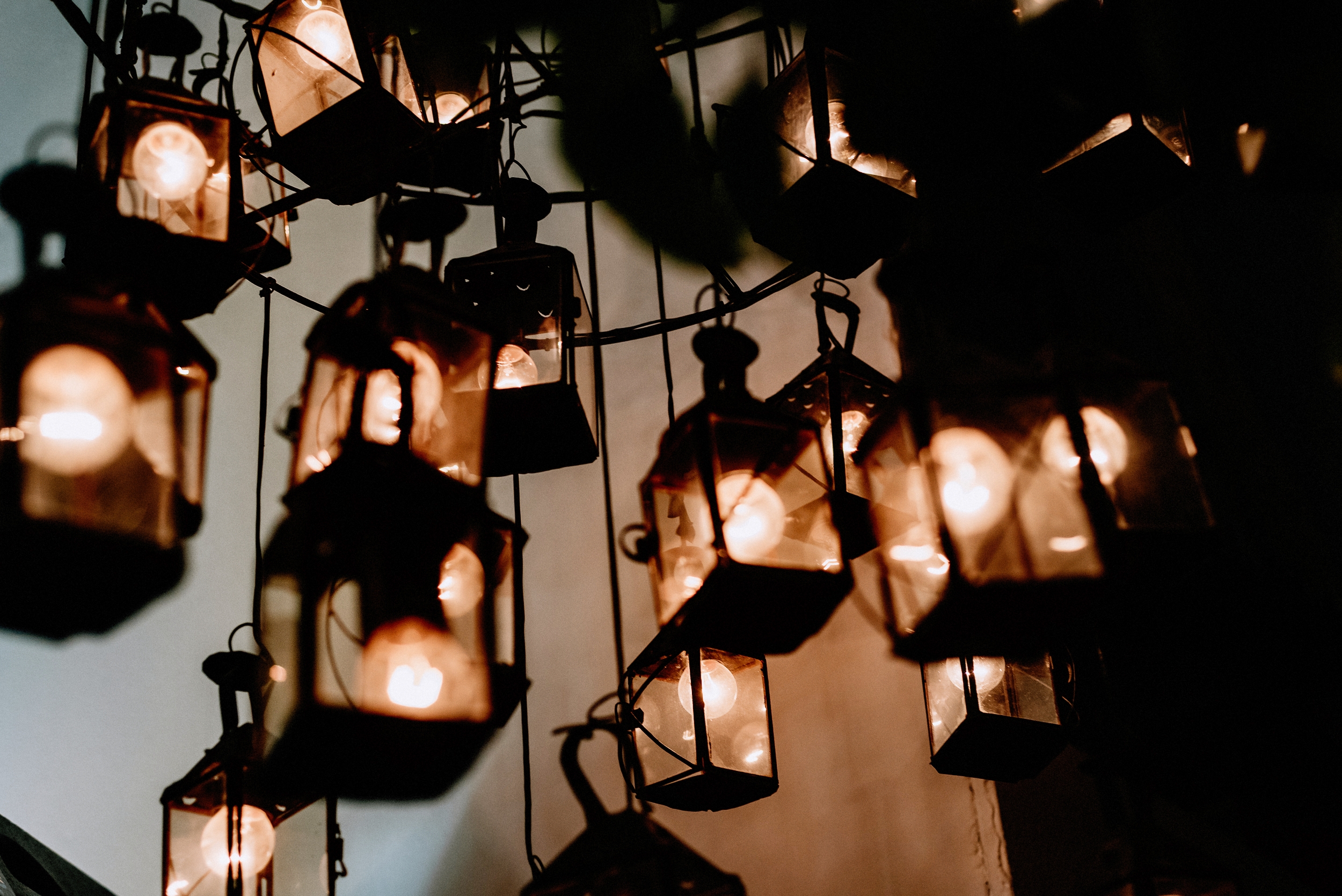De la literatura a la escena. Descripción de un proceso creativo personal a partir del espectáculo «La mujer y el pelele» de la Compañía Isabel Bayón
Palabras clave:
mujer fatal, baile flamenco, mito, escena, coreografía, literatura, composiciónResumen
Este texto tiene la intención de mostrar, siempre bajo el prisma de la investigación artística, las diferentes etapas, los procesos de elaboración, la vinculación y la justificación entre elementos que pueden constituir el propósito de llevar una obra literaria al escenario; en este caso, utilizando el flamenco como lenguaje escénico. Es una ventana donde se muestran los ingredientes que pueden estar presentes dentro de un proceso creativo. El planteamiento se conforma como una propuesta de análisis, donde se refiere cómo fue el proceso de creación de un espectáculo en cuanto a la justificación y adaptación argumental, el planteamiento coreográfico, la propuesta musical y la dirección escénica.
Se pretende contar qué elementos fueron necesarios y cómo estos van marcando y delimitando las distintas vías que confluyen en el camino de la creación. Así pues, este estudio radica en un trabajo basado en el análisis y la observación de un proceso personal, dentro de un marco particular.
Para ello, he tomado como ejemplo práctico el espectáculo La mujer y el pelele, título homónimo de la novela del escritor francés Pierre Louÿs, en la que está basado. La adaptación de la novela se desarrolla en clave flamenca, mostrando un modelo particular del arquetipo, ya mitémico, de la femme fatale. La obra fue estrenada en el 2004 por la compañía de Isabel Bayón en la XIII Bienal de Flamenco de Sevilla, con la dramaturgia de Antonio Álamo y bajo la dirección escénica de Pepa Gamboa.
Descargas
Citas
Adshead, Janet et al. Teoría y práctica del análisis coreográfico. Valencia: Federación Española de Profesionales de la Danza. Ministerio de Educación y Cultura, 1999.
Compañía Isabel Bayón. La mujer y el pelele [extracto del espectáculo]. Youtube, https://www.youtube.com/watch?v=uyCaGwQ0yYk.
Del Campo, Alberto y Rafael Cáceres. Historia cultural del flamenco. El barbero y la guitarra. Córdoba: Editorial Almuzara, 2013.
Gamboa, José Manuel. Una historia del flamenco. Barcelona: Espasa Libros. S. L. U., 2011.
Goujon, Jean-Paul y María del Carmen Camero. Pierre Louÿs y Andalucía: cartas inéditas y fragmentos. Sevilla: Ediciones Alfar, col. Alfar/Universidad n.º 8, 1984.
Louÿs, Pierre. La mujer y el pelele. Barcelona: Círculo de Lectores, 1985.
Navarro, José Luis. Breve historia ilustrada del Baile Flamenco. Sevilla: Libros con Duende. S. L., 1995.
Pavis, Patrice. El análisis de los espectáculos: teatro, mimo, danza, cine. Barcelona: Paidós Ibérica, 2000.
Rodríguez, Mauro. Creatividad en la investigación científica. México: Trillas, 1991.
Valle-Inclán, Ramón M.ª del. La cara de Dios. Madrid: Taurus, 1972.
Wallas, Graham. The Art of Thought. The Model of Creativity. Tunbridge Wells: Solis Press, 2014 (or. 1926).
Descargas
Publicado
Cómo citar
Número
Sección
Licencia
Derechos de autor 2021 Isabel Bayón Gamero

Esta obra está bajo una licencia internacional Creative Commons Atribución-NoComercial-SinDerivadas 4.0.


